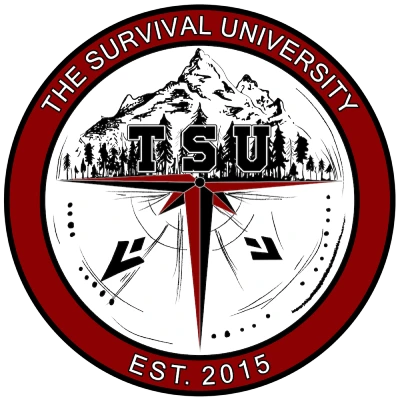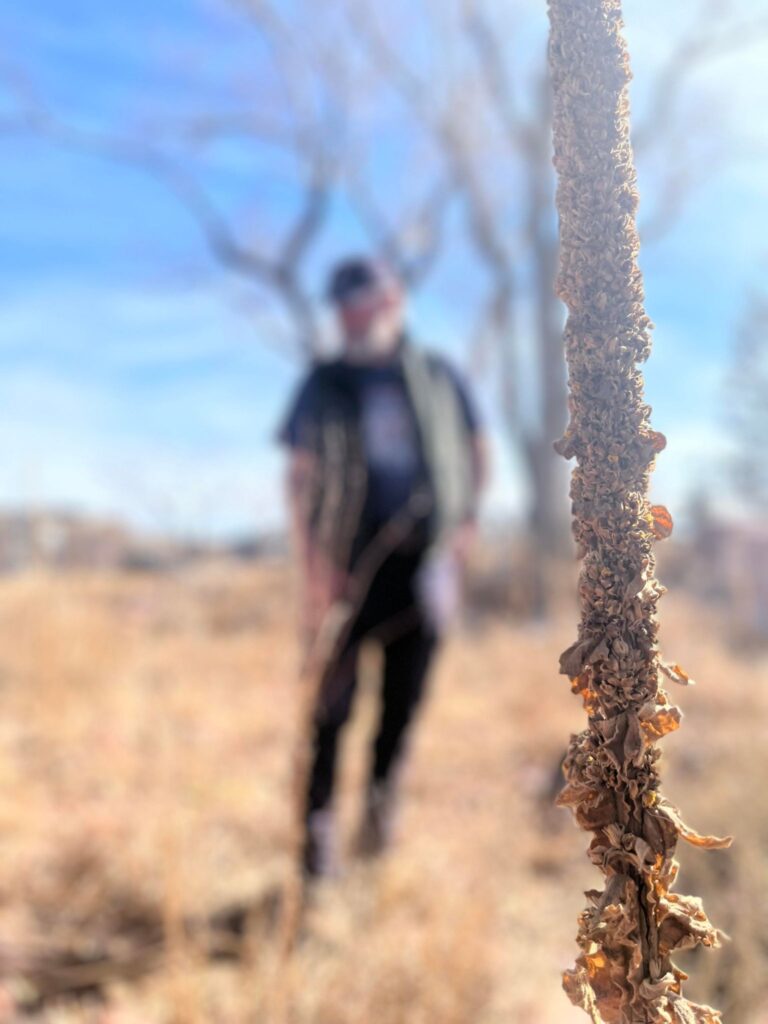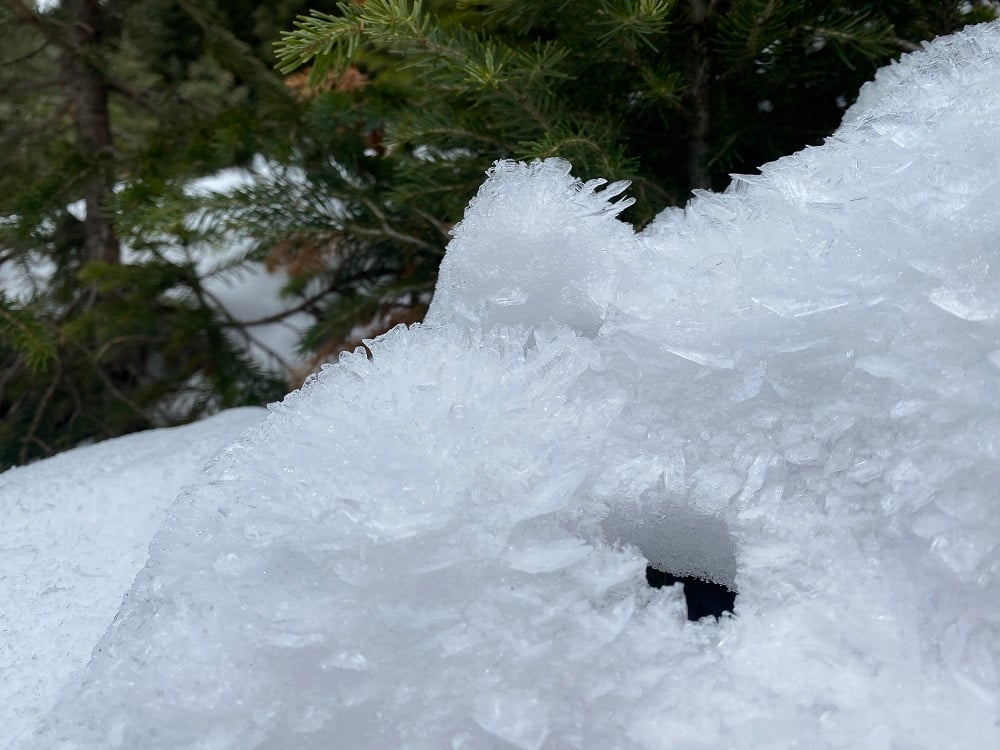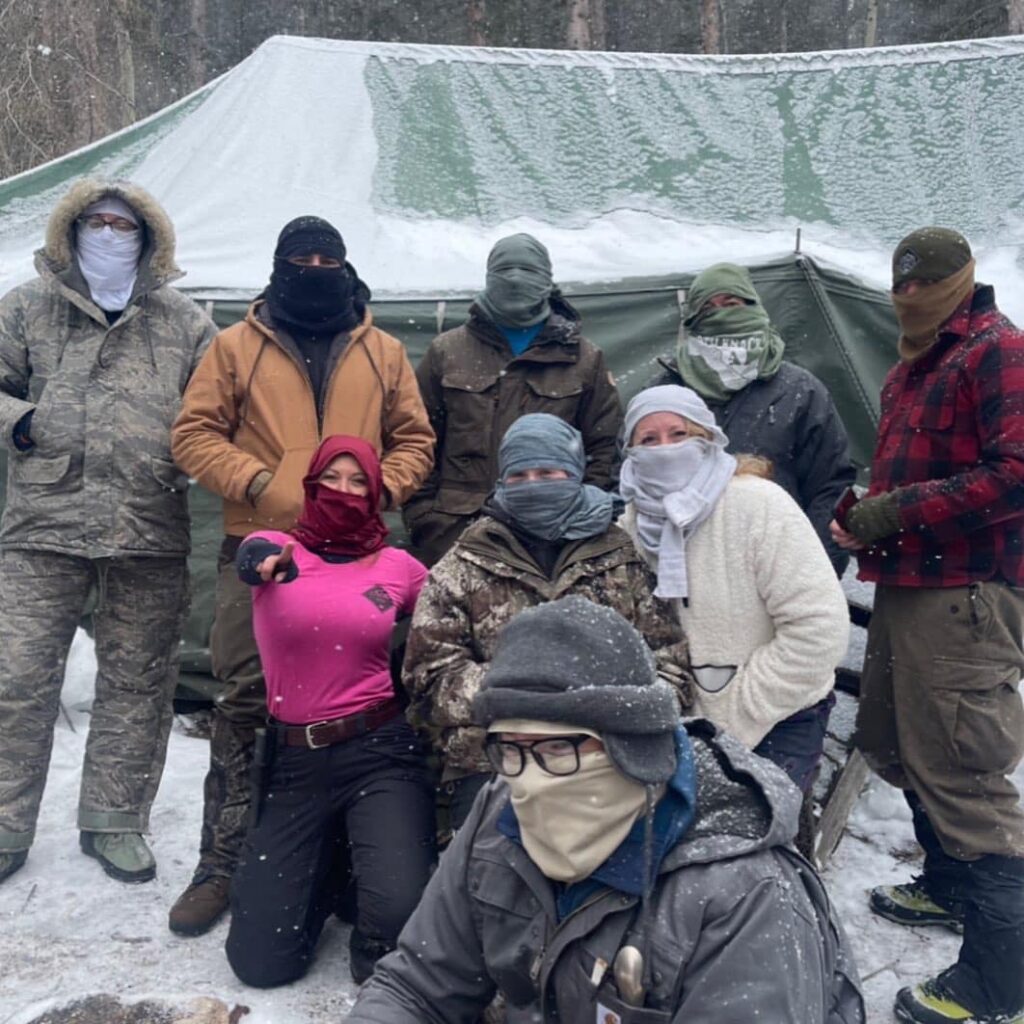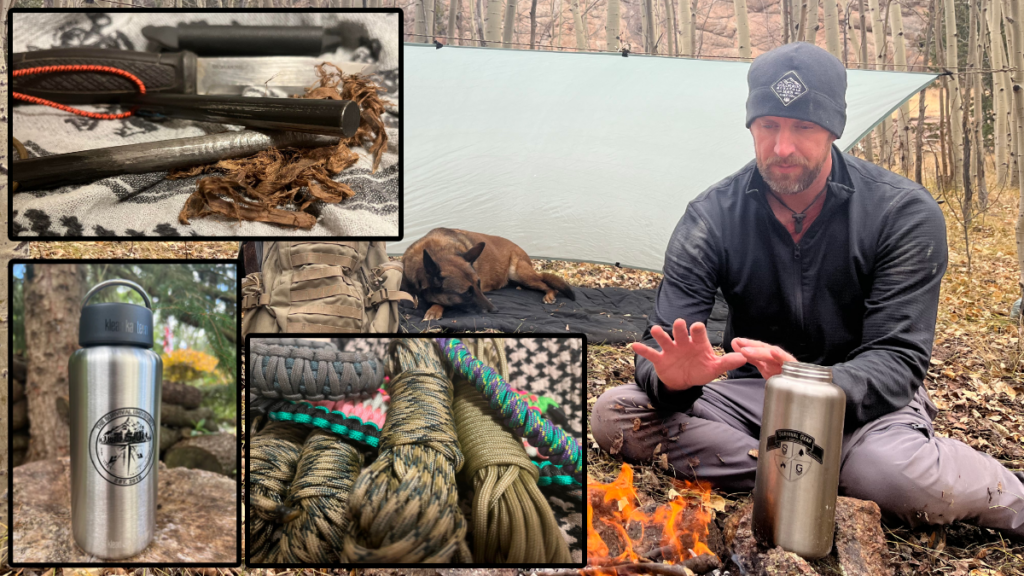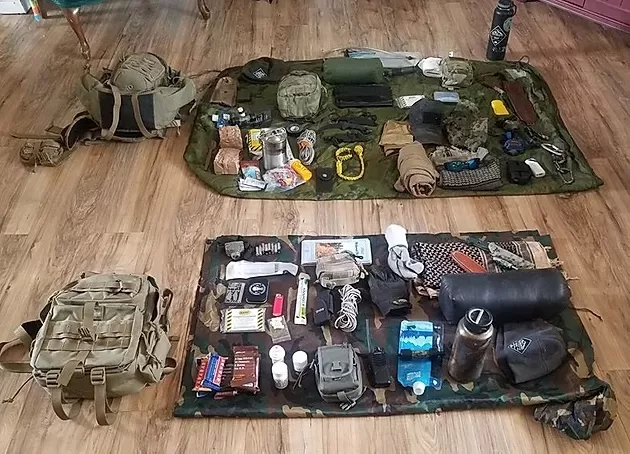Cart
3 min read
March Protocol

Understanding the MARCH Protocol: A Life-Saving Approach
In emergency situations involving massive traumatic injuries, knowing the MARCH protocol can make the difference between life and death. This structured approach prioritizes treatment, enabling first responders to quickly assess the situation and provide care in the correct order of urgency. MARCH is a step-by-step guide that ensures critical interventions are addressed first, stabilizing the patient before attending to less immediate needs.
What Does MARCH Stand For?
M – Massive Hemorrhage
Uncontrolled bleeding is the leading cause of preventable death in trauma situations. The first priority is to stop the bleed:
- Use a tourniquet for severe limb bleeding.
- Apply direct pressure or hemostatic agents if a tourniquet is not an option.
- In extreme cases, you may need to insert your finger directly into the wound to apply pressure to an artery and control the bleeding.
Key Tip: Time is critical—act fast to minimize blood loss.
A – Airway
An open airway is essential for survival. If the patient cannot breathe, immediate action is required:
- Perform a jaw thrust or head-tilt chin lift to open the airway.
- Remove obstructions if visible, but avoid blind sweeps that could push debris further down.
Key Tip: If the patient is talking, they can breath but continue to assess often if they were choking and stop talking.
R – Respirations
Once the airway is open, check for effective breathing and address respiratory trauma:
- If the patient isn’t breathing, provide artificial ventilation.
- Assess for chest wall injuries, such as open wounds or flail chest, and treat appropriately (e.g., seal open chest wounds with an occlusive dressing or chest seal).
Key Tip: Look, listen, and feel for signs of breathing to evaluate the need for immediate intervention.
C – Circulation / C-Spine
Beyond stopping major bleeding, it’s vital to assess overall circulation and stabilize the cervical spine if a spinal injury is suspected:
- Reevaluate the tourniquet and adjust if necessary.
- Check for additional bleeding and control it.
- If a spinal injury is likely, immobilize the cervical spine to prevent further damage.
Key Tip: Monitor the patient’s pulse to ensure adequate blood flow is being maintained. If an tourniquet is applied, there should be no blood flow to that extremity. That’s the point! Don’t take it off!
H – Hypo/Hyperthermia and Helicopter/Hike
Protecting the patient from environmental factors can be just as important as treating physical injuries:
- Prevent hypothermia (even in warm climates) by insulating the patient from the ground and covering them with a blanket or survival gear.
- Address hyperthermia by moving the patient to a cooler environment and hydrating if appropriate.
- Determine whether to stay or evacuate (e.g., via helicopter or hiking). Develop and execute a clear plan.
Key Tip: Stabilizing body temperature improves the chances of survival and reduces complications.
Why the MARCH Protocol Matters
The MARCH protocol is more than just a checklist—it’s a mindset for handling emergencies effectively. By focusing on the most life-threatening issues first, first responders can act quickly and systematically, increasing the patient’s chances of survival.
Whether you’re a trained medic, a wilderness survival enthusiast, or someone who simply wants to be prepared, mastering MARCH equips you with the tools and confidence to save lives when it matters most.
Leave a Comment
EAT THE WEEDS – POISON HEMLOCK
Poison hemlock (Conium maculatum) is a highly toxic plant that is native to Europe and North Africa and has become naturalized in many parts of...
EAT THE WEEDS – GREAT MULLEIN
Great mullein has a long history of medicinal use and has been used for centuries to treat a variety of ailments. The leaves and flowers...
PREVENT WINTER INJURIES
We thought we would share a few general winter survival tips to help prevent winter injuries caused by changes mother nature may have in mind.
Winter Clothing
Layering clothes is an effective way to stay comfortable and protected from the elements in various weather conditions. By layering clothing, you can regulate your...
Another Tucking Survival Tip
An easy to follow survival tip. If we tuck our pants into our socks, shirt into our pants, and so on, we trap this warmed...
The 5 C’s of Survival Gear
The Basic gear you should have to survive the night outdoors. A common mistake most adventures make is heading outdoors without the necessary gear should...
Understanding Water Survival
Learn the importance of water survival techniques to survive cold water immursion, sinking vehicle accidents, and floods.
10 Reasons to Take a Survival Class at TSU
Reasons to learn survival skills are legion, but here are ten to consider before you sign up for a survival class.
Get Home Bag / Survival Kit
Gear makes things easier so I do still carry items in my car or on my body at all times. Here is a list of...
Costa Rica Jungle Adventure
I'm going back down to Costa Rica to see my friend Alberto Lopez for a Jungle Adventure and would like to invite you to come...
